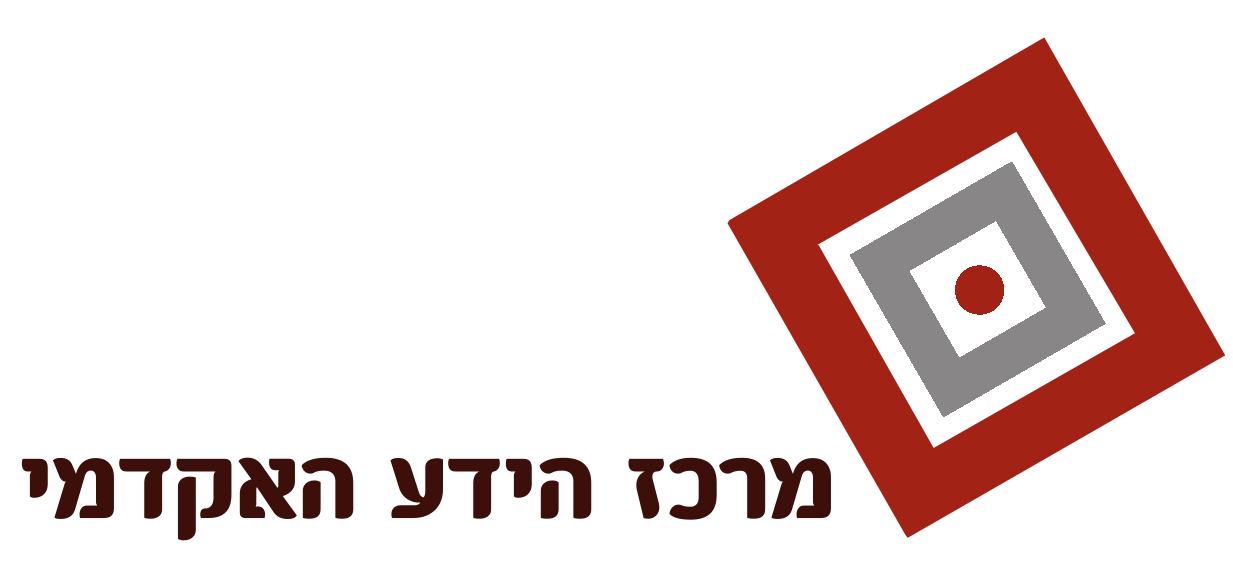חקר הכשרת מורים – היענות לאתגרים, לדרישות ולציפיות של המחקר-העצמי
א. להבהרה של הפילוסופיה של המעשה ולבדיקת עקביות בין אמונות אישיות למעשה;
ב. לחקר היבט ייחודי זה או אחר של המעשה;
ג. לפיתוח דגם של רפלקציה ביקורתית;
ד. ליצירת חלופות משמעותיות יותר לתהליכי ההערכה המוסדיים (Berry, 2004c). עם זאת צריך, כאמור, להיזהר מהתרכזות באישי ומהתעלמות מתשומות חיצוניות חשובות (בדיקת הנתונים, העלאת שאלות לגבי מסגרות מושגיות ופרשנויות ועוד).
ביבליוגרפיה
Berry, A. (2004a). Confidence and uncertainty in teaching about teaching, Australian Journal of Education, 48(2), pp. 149-165.
Berry, A. (2004b).Making the private public: Giving preservice teachers access to their teacher educators’ thinking via an electronic journal, DidaktiskTidskrift:For Praktiker och forskare, 14(1), pp. 17-24.
Berry, A. (2004c).Self study in teaching about teaching, In: J. Loughran, M.L.Hamilton & T. Russell (Eds.), International Handbook of self-study of teaching and teacher education practices, vol. 2.Dordrecht, The Netherlands: Kluwer Academic.
Bullough, R.V.J.,& Pinnegar, S. (2004).Thinking about the thinking about self-study, In: J. Loughran, M.L.Hamilton & T. Russell 9Eds.), International Handbook of self-study of teaching and teacher education practices, vol. 2.Dordrecht, The Netherlands: Kluwer Academic.
Clarke, A. et al., (2005). Complexity science and cohorts in teacher education, Studying teacher education: A Journal of Self-Study of Teacher Education Practices, 1(2), pp. 159-177.
Dinkelman, T., et al, (2006). From teacher to teacher educator: Experiences, expectations and expatriation, Studying teacher education: A Journal of Self-Study of Teacher Education Practices, 2 (1), pp. 5-23.
Ham, V., & Davey, R. (2006). Is virtual teaching real teaching? Learning from two self-studies, In: C. Kosnick, et, al., (Eds.), Making a difference in teacher education through self-study, Dordrecht, The Netherlands: Springer.
Hamilton, M.L. (2004). Professional knowledge, teacher education and self-study, In: J. Loughran et al., (Eds.), International Handbook of self-study of teaching and teacher education practices, vol. 1.Dordrecht, The Netherlands: Kluwer Academic.
Hamilton, M.L. (2005). Researcher as teacher: Lessons modeled by a well-remembered scholar, Studying teacher education: A Journal of Self-Study of Teacher Education Practices, 1 (1), pp. 85-102.
Hamilton,M.L., & Pinnegar, S. (1998). The value and promise of self-study, in: L. Hamilton (Ed.), Reconceptualizing teaching practice: Self-study in teacher education, London: Falmer.
Kitchen, J. (2005). Looking backwards, moving forward: understanding my narrative as a teacher educator, Studying teacher education: A Journal of Self-Study of Teacher Education Practices, 1 (1), pp. 17-30.
Kosnick, & Beck, (2006). The impact of a preservice teacher education program on language arts teaching practices: a study of second year teachers, In: C. Kosnick, et al., (Eds.), Making a difference in teacher education through self-study, Dordrecht, The Netherlands: Springer.
Kroll, (2005). Making inquiry a habit of mind: Learning to use inquiry to understand and improve practice, Studying teacher education: A Journal of Self-Study of Teacher Education Practices, 1 (2), pp. 179-193.
LaBoskey, V.K. (2004) The methodology of self-study and its theoretical underpinnings, J. Loughran et al., (Eds.), International Handbook of self-study of teaching and teacher education practices, vol. 2.Dordrecht, The Netherlands: Kluwer Academic.
Periera, P. (2005). Becoming a teacher of mathematics, Studying teacher education: A Journal of Self-Study of Teacher Education Practices, 1 (1), pp. 69-83.
Senese, J. (2002).Opposites attract: What I learned about being a classroom teacher by being a teacher educator, In: J. Loughran & T. Russell (Eds.), Improving teacher education practices through self-study, London: Routledge/Falmer.
Senese, J. (2004). The accidental curriculum, In: D, Tidwell et al., (Eds.), The 5th International Conference of Self-Study of Teacher Education Practices, The Castle East Sussex, U.K., Vol.2.
Shulman, L. S. (1999). Taking learning seriously, Change, 31(4), pp. 10-17.


